Started your horse riding lessons recently and decided to develop in this field further? Equestrian has increasingly become an elegant hobby loved by young people, adults with a certain economic foundation and the elderly. However, equestrian is not just as simple as riding a horse. Learning equestrian requires long-term training and cooperation with the horse to achieve the unity of man and horse. Meanwhile, learning equestrian also calls for perseverance, persistence, and much more. So, what skills are needed for equestrian?
Generally, equestrian requires physical, psychological, and horsemanship skills.
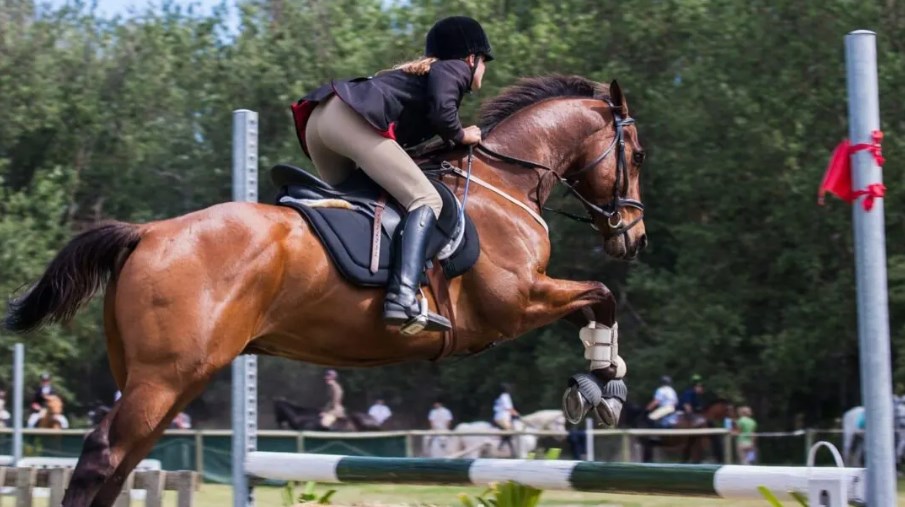
Physical Skills
Cardiovascular fitness
Riding horses is an intense exercise that consumes a lot of energy and gets your heart racing. Thus, it requires a certain level of cardiovascular fitness.
If you are a person of average fitness, you will struggle for accustoming your body and the cardiovascular system to the horse riding; if you have been doing fast and short sprints regularly, you will find horse riding tiring but funny since your heart rate slows down quickly after raising in a short periods of time. But horse riding elevates your heart rate over a long period of time and recovers rapidly in a short time.
You can build up your cardiovascular fitness and endurance through regular workout, like horse riding, jogging, swimming, etc.
Core strength
This most important skill comes from your stomach muscles, where you will find balance and seat. When riding, you need to keep chair seat – use your core strength to keep your back straight, shoulders in line with your pelvis and heels, and lean forward or back to balance yourself. But sitting upright and keep your hips under yourself requires a lot of core strength, after a couple of lessons, you may struggle to move with the horse to keep your balance.
Besides, sitting trot is important in canter, flatwork, and dressage. It’s hard to get sitting trot right because it needs to engage your core while relaxing your hips rather than gripping your legs. You can learn core strength and adjustment through these exercises while riding:
- Plank for at least 2 minutes
- Sit-ups
- Seated rotations
- Twist sit-ups/crunches
- Crunches and reverse crunches
- Mountain climbers
- Leg raises
- Alternating leg and arm raises
- Heel taps
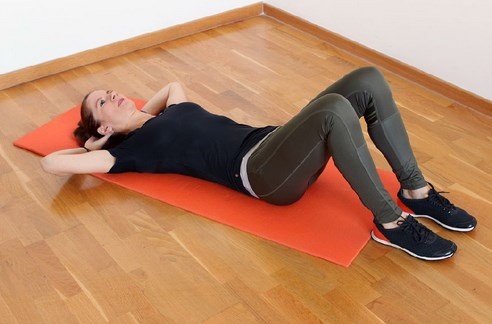
Overall muscle strength
When riding horses, the muscles in your back, legs, and core do much of the work and horse caring also requires your muscle strength, since you will need to carry saddles, brush winter hair, or haul hay bales.
Balance
Proper balance is necessary when riding horses. To balance yourself on horseback, you need to work your core, legs, back, neck, and shoulders together. When a horse is walking and moving, it may make you out of balance. Thus, you need to control your body to move with the horse and stay in the middle of the saddle.
Coordination
Coordination comes when you need to know which rein to put pressure on, when to stand, and which leg to use when sitting in the saddle. It’s not easy to coordinate your body while sitting on horseback and keeping balance. The following exercises will help you improve muscle coordination:
- Stretch your legs, quadriceps, triceps, shoulders, chest, and back
- Cross crawl your limbs
- Walk on a balance beam or sit on a balance ball
- Plank with an exercise ball or alternate your legs and arms by stretching them out and lifting them up
- Practice jumping jacks and twists
- Pilates
- Yoga
- Horse riding
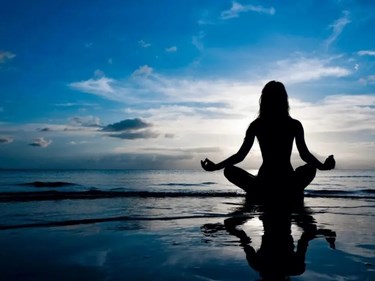
Leg movement
When riding, you use your legs to communicate with the horse and kick or squeeze the horse forward to transit upward and keep in the same rhythm. Sometimes, you also need to close your legs and push your knees in the saddle to slow the horse down, transit downwards, or to stop. And that calls for a lot of leg strength, symmetry, and flexibility.
Mental Skills
Patience
Both the horse and the rider need time to adapt to new circumstances, workloads, and lessons. Nothing in horse riding pays off more than repeated training, learning, and exercises step by step. So, it takes much time, patience, and sweat to learn how to ride properly.
Appetite for knowledge
A perfect rider needs to learn from horses and experienced riders as well as professional handbooks on equestrian. Not everyone can afford high-end training classes. But you can communicate with trainer in a tack room, consult to someone who rides better than you, or talk to riders on a warm-up arena.
Ability to think logically
A good rider should also analyse situations or problems actively. Try to come to a conclusion after each training, competition, or failed attempts to prevent the same mistakes from happening next time.
Horsemanship Skills
Horsemanship is a primary practice of riding and caring for horses. You will acquire and develop the skill by continuous work with horses and professional’s guidance.
Effectively read and use the body language
Horses live in herd and every horse has its role. The hierarchy in horses is established and maintained via fighting and body language. As a result, horses are sensitive to body language.
Equestrians with good horsemanship skills can work well with their horses by using their body language and make the horses understand well. Firstly, your body language expresses your emotional state. If you are in a relaxed body posture, your horse will get relaxed, too. Then, the horse and you will establish a hierarchy. Since the one moves another is in dominant position, your horse may try to pull you. You need to let the horse know that you are above him and will not bear any bullying.
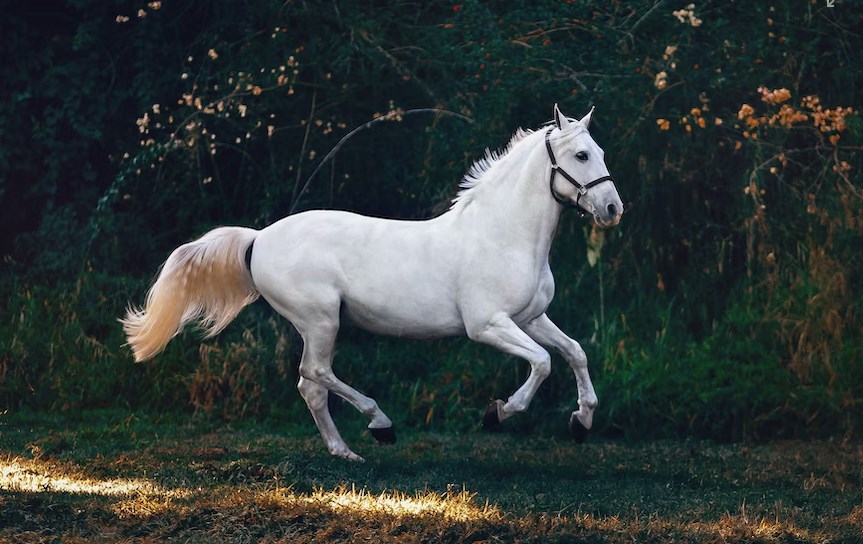
Understand your horse’s movement
Horses use facial expressions, body language, and other ways to communicate with you. If your horse bits you while tacked up, it indicates that he is in pain with the saddle; if he has nostrils flared and the whites of eyes shown, he is scared of something. You will also need to understand your horse’s neighs, nickers, and snorts. You can use these cues to establish trust with your horse.
Closure
As mentioned above, horse riding takes a lot of practice, patience, and other skills. If you are determined to learn equestrian, you will also need to find a good venue, consult in advance, pay a field trip, choose an appropriate horses, etc. Then you will need a privacy safe to store your carry-ons or belongings, like cellphone, jewelry, keys, accessories, cash, etc.
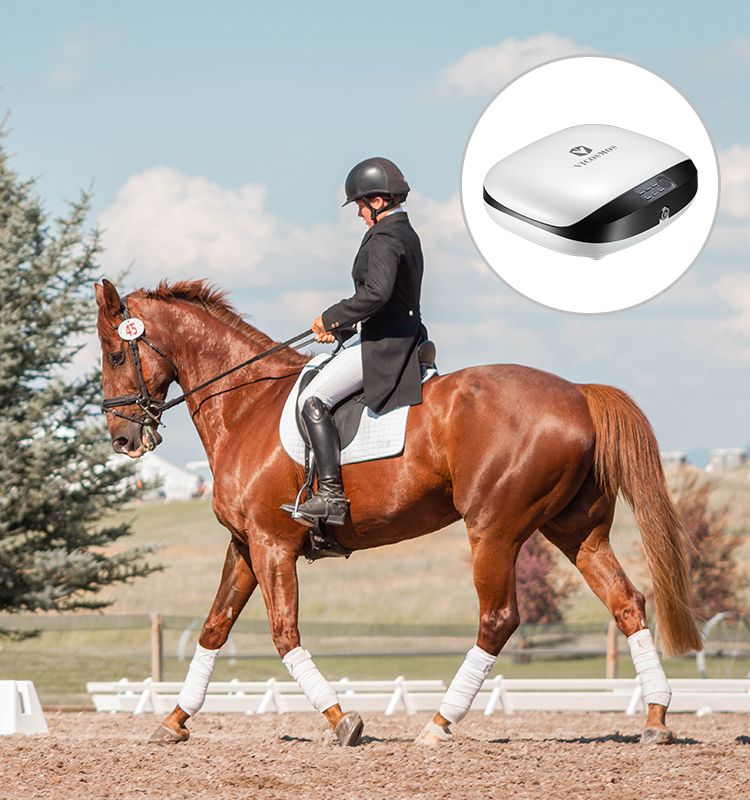
The Biometric Privacy Safe is an intelligent privacy manager that applies to store valuables or personal belongings in many circumstances, such as hotel, dressage arena, travel, outdoors, beauty salon, etc. Whether you have brought your cellphone, rings, necklaces, bracelets, earphones, power bank, car keys, etc., with you but the cabinet there is full or you cannot find a locker, you can always get all your items well protected in the safe and secure it somewhere within your sight using the ste
el security cable. Apart from the advanced fingerprint lock, it also offers other alternative unlocking ways, like mechanical keys or passcode.
To know more details about the Biometric Privacy Safe, please visit its product page and consult our sales team.



